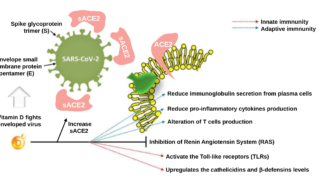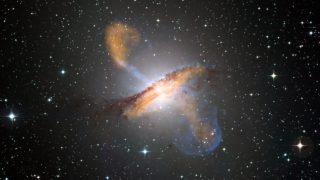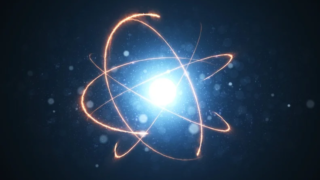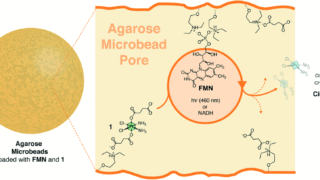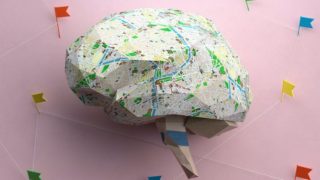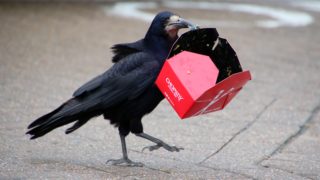
Seagulls, songbirds and parrots: what new research tells us about their cognitive ability
As you can imagine, a human intelligence test doesn’t really cut it for birds. It isn’t that easy to assess how an animal perceives information from the environment, processes it and decides to act. But researchers have developed a range of clever experiments to find out more about their cognitive abilities. Do they recognise each […]
